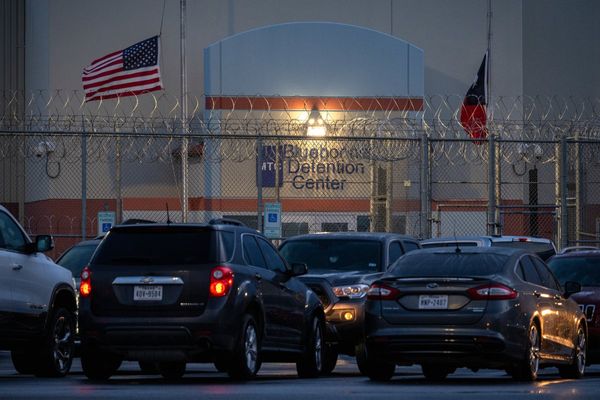
One of Donald Trump’s first actions as incoming US president was to undo a 50% target for EVs sales put in place by his predecessor, Joe Biden.
Republicans are taking aim at a raft of Biden-era policies, including EV tax credits, as the threat of tariffs against key US trading partners creates havoc among globalised manufacturing supply chains.
For an industry that plans a decade or more ahead, such uncertain times are creating headaches.
Despite the gloom, there are reasons for optimism. Not every EV incentive can be undone overnight, some will require congressional approval and others are popular in Republican states – making it a political headache.
Meanwhile, in Australia, although sales of EVs slowed dramatically last year, competition ramped up and is likely to intensify in 2025.
Will the Trump tariffs cut EV prices in Australia?
Trump’s 10% tariff on imports from China announced on Saturday could stall plans for Chinese automotive brands now circling the US market.
And the electric Ford Mustang Mach-E that is made in Mexico could be subject to the 25% tariff on goods from Canada and Mexico announced and later paused by Trump.
Such a move could leave a serious dent in sales of the country’s third bestselling EV.
After a multibillion-dollar upgrade of its CAMI plant in Canada, General Motors is also gearing up to export electric vans badged as Chevrolets.
Such tariffs could make them prohibitively expensive.
With factories relying on scale to run profitably, it could encourage manufacturers to look at alternative markets, including Australia.
But the general manager of valuations giant Redbook.com.au, Ross Booth, doesn’t believe new US tariffs will have a big effect.
“We’re not going to see this massive flood (into Australia),” said Booth, highlighting the requirement for right-hand drive vehicles in Australia.
The chief executive of the Motor Trades Association of Australia, Matt Hobbs, agrees that US policies and tariffs will have little effect on car sales in Australia, in part because no Chinese brands now sell cars in the US.
“What’s more impactful on what happens in Australia is what happens in the UK and Europe because [Chinese cars] are selling in volume there and UK is obviously right-hand drive,” Hobbs said.
Ultimately it is competition that has had the biggest impact on EV prices in Australia.
Over the past two years brands as diverse as Ford, Subaru, Mercedes-Benz, MG, BYD and Tesla have slashed prices or offered short-term discounts to lure buyers and clear stock.
That’s something Hobbs expects to continue.
“What drives EVs and car prices in general is the competitive set and the cost of production.”
Is the second-hand EV market crashing?
Used electric cars have had a tough time.
Drops in the prices of new EVs – including the market leader, Tesla – have flowed through to used car values.
Why would you buy a near-new used EV if the new ones are now cheaper?
Booth doesn’t expect things to change soon.
“EVs still do not hold their value as much as ICE [internal combustion engine] vehicles do … and we do not see that changing anytime in the immediate future,” he said.
He also says rapid improvements in technology adversely affect used EV values.
Sure, all cars get better over time and inherently come with more tech and features, but rather than the trickle in the ICE world, it’s been more of a flood with EVs.
Longer battery life and performance enhancements are joined by new features and connected technology to make new and updated models more appealing.
Government incentives, too – including the fringe benefits tax exemption on EVs below the luxury car tax threshold – tend to push people to new rather than used, according to Booth.
Is there anything else that could affect prices?
Exchange rates have a huge influence on car prices, whatever they’re powered by.
The Australian dollar is weak and means retailers pay more to import cars.
Some economists are predicting Trump’s tariffs threats could drop the dollar below 60 US cents, about 5% below its current rate.
And, of course, there’s the federal election, which could lead to a change in government and tweaks to the new vehicle efficiency standard that kicked in this year to encourage manufacturers to sell more efficient vehicles.
If elected, the Coalition could try to reduce the penalties for cars that exceed CO2 emissions targets; they’re now set at $100 a gram of CO2.
In the event of a hung parliament, though, such changes would be challenging.
If those penalties were reduced, it could diminish the incentive to sharpen the pencil on fuel efficient cars to offset the emissions of thirstier ones.







